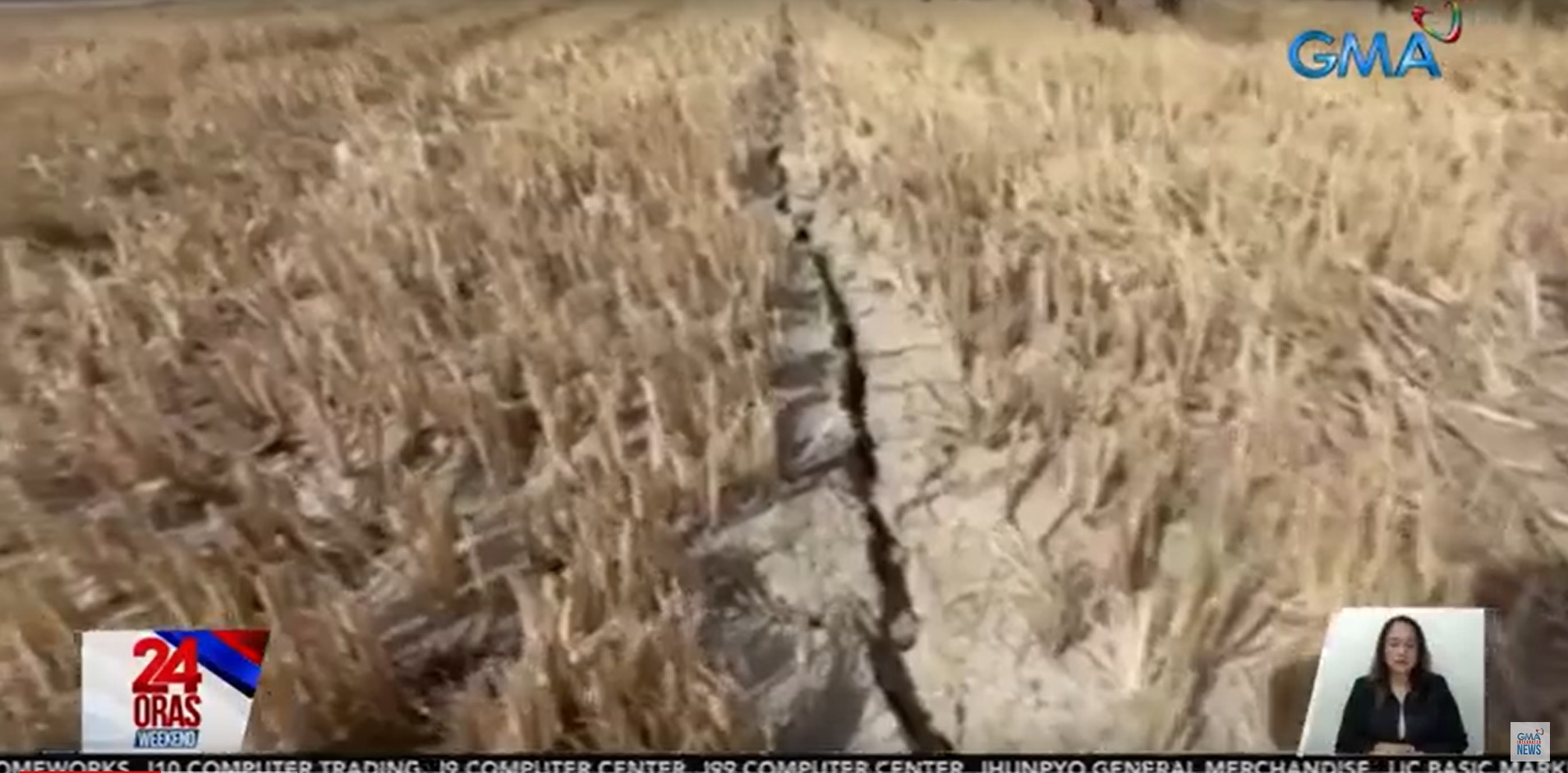18 LGUs declared state of calamity due to El Niño — task force

SCIENCE CITY OF MUÑOZ, Nueva Ecija — The number of local government units (LGUs) that have declared a state of calamity due to the impact of the ongoing El Niño phenomenon is now 18, the Task Force El Niño said Friday.
In its latest report, the National Disaster Risk Reduction and Management Council (NDRRMC) showed the affected LGUs are as follows:
- 11 towns in the province of Occidental Mindoro
- Bulalacao, Oriental Mindoro
- Mandalay, Oriental Mindoro
- San Vicente, Palawan
- San Andres, Romblon
- Mayoyao, Ifugao
- Sinaloa, Antique
- Zamboanga City
Data from the Department of Agriculture (DA) earlier said the damage and losses of the agriculture sector due to the scorching heat has hit more than P2.63 billion.
Presidential Communication Office Assistant Secretary Joey Villarama, task force spokesperson, said more individual cities and municipalities have signified interest in the declaration but “still need to fulfill the criteria to declare a state of calamity.”
“Ano yung criteria? Dapat 15% ng population ay apektado, 30% ng kabuhayan ay apektado at may structures o vital installations na apektado,” said Villarama.
(What are the criteria? The El Niño should affect 15% of the population, 30% of the livelihood and impact the structures and vital installations.)
“Kailangan pumasok sa criteria para maayos o tama ang paggamit ng calamity fund. Technicality lang din po,” he said.
(They need to fulfill the criteria to utilize the calamity fund. It falls under a technicality.)
Villarama said most of the places were in Luzon. “Kasi nga po base po doon sa yung tala natin or yung observation natin in terms of sino na yung may drought conditions, pinakamarami po ang under drought conditions sa Luzon,” he explained.
(Based on our list or in our observation in terms of drought conditions, the most number of areas under drought conditions are from Luzon.)
According to the NDRRMC data, at least 54,203 farmers and fisherfolks, or 105,816 families were affected by the El Niño. This translates to 512, 630 individuals.
At least 53,879 hectares of agricultural lands in Regions I, II, III, CAR, CALABARZON, MIMAROPA, V, VI, IX, and XII were likewise impacted.
Twelve cities and municipalities experienced water service interruption.
Meanwhile, around P1.092 billion of assistance was distributed to the affected families and farmers.
The El Niño phenomenon is characterized by the abnormal warming of sea surface temperature in the central and eastern equatorial Pacific Ocean and below-normal rainfall.
State weather bureau PAGASA in May 2023 issued an El Niño Alert after forecasts showed that the phenomenon may emerge in the next three months at 80% probability and may last until the first quarter of 2024.
Last week, Department of Science and Technology Secretary Renato Solidum Jr. that the impacts of the ongoing El Niño phenomenon would continue until August. — with Tina Panganiban-Perez/RSJ, GMA Integrated News




